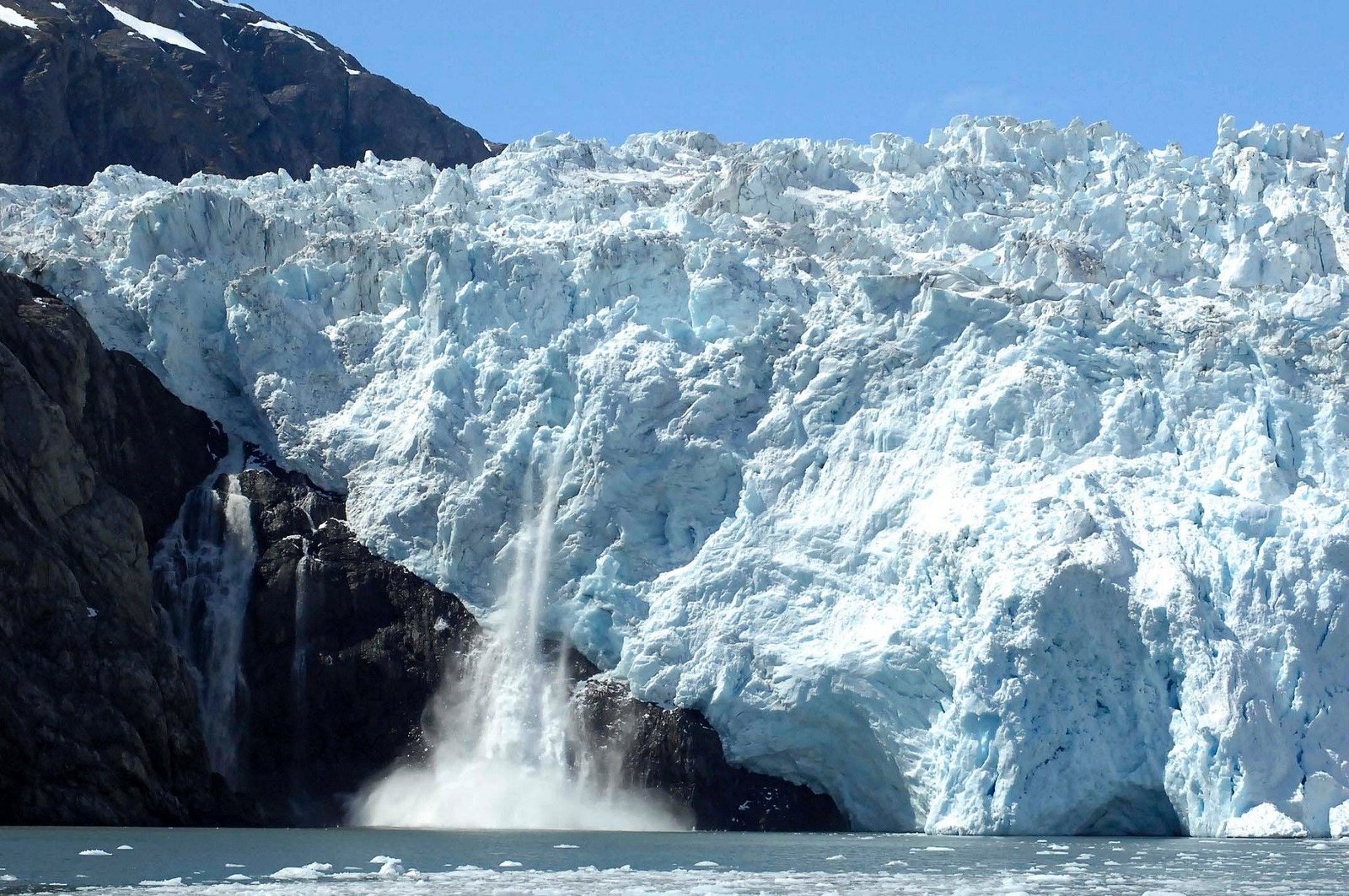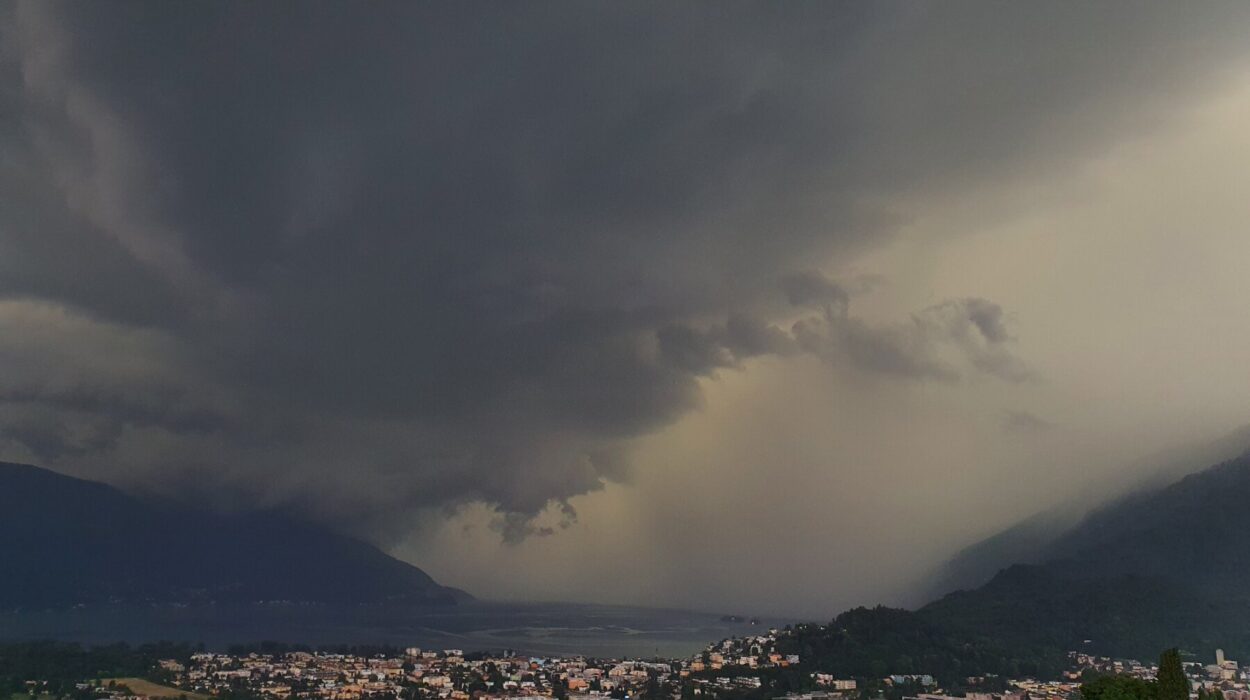At the heart of South America lies a towering expanse of ancient ice—the glaciers of the Andes. For millennia, these majestic ice giants have quietly performed one of nature’s most critical services: storing and releasing freshwater to sustain life downstream. Today, these natural “water towers” are under siege. As the Earth’s temperature rises, the icy grip of these glaciers is loosening, threatening not only the landscapes they sculpted but the lives of more than 90 million people who depend on them.
This stark warning was delivered by scientists from the University of Sheffield at UNESCO’s first-ever World Day for Glaciers on March 21, 2025, in Paris. They joined a chorus of concerned voices in presenting their new policy brief, “The Future of the Andean Water Towers,” a document that is both a scientific account and a call to action. It’s a message to global leaders: act now or face catastrophic consequences.
The Lifeblood of South America: What’s at Stake?
The glaciers that cling to the jagged peaks of the Andes stretch through Argentina, Chile, Bolivia, Peru, Ecuador, and Colombia. They act as crucial water reservoirs, releasing meltwater during dry seasons when rainfall is scarce. These glaciers feed rivers that sustain sprawling cities like Lima and La Paz, support hydroelectric power for millions, irrigate fields of crops, and provide drinking water to rural and urban communities alike.
In essence, these glaciers are the lifeblood of the region. But they are hemorrhaging.
According to the brief presented in Paris, Andean glaciers are thinning by an average of 0.7 meters every year—a rate that is 35% faster than the global average. For the Tropical Andes, home to many of these glaciers, the prognosis is grim: almost total glacier loss by 2100 if current trends continue. Other areas across the vast mountain range could lose over half their ice coverage.
The shrinking of these glaciers is not just an environmental tragedy; it’s a humanitarian crisis in the making.
A Ticking Time Bomb of Water Insecurity
Dr. Jeremy Ely, from the University of Sheffield’s School of Geography and Planning, stood before policymakers at UNESCO’s conference with an urgent message: We are running out of time.
“The first Intergovernmental Panel on Climate Change (IPCC) report came out in 1990,” Dr. Ely reminded delegates. “For more than three decades, scientists have warned of what unchecked carbon emissions would do. Now, it’s happening. We are seeing the very future we were trying to prevent.”
The brief underscores that climate change is heating the atmosphere, triggering extreme weather events, and reducing snowfall across the Andes. Once-reliable precipitation is now replaced by prolonged droughts, while warmer temperatures cause more ice to melt each year than is replenished. These forces are converging, destabilizing the glaciers and, with them, the security of the people who rely on them for their water supply.
Since 2000, Andean glaciers have entered an unprecedented period of ice loss. This acceleration coincides with the relentless increase of greenhouse gas emissions across the globe. It’s not just nature being reshaped; it’s societies, economies, and cultures that are hanging in the balance.
The Paris Agreement: A Broken Promise?
In 2015, the world came together in Paris to sign an agreement that was supposed to be a turning point in the fight against climate change. The commitment? To limit global warming to no more than 1.5°C above pre-industrial levels. Exceeding that threshold, scientists warned, would usher in a new era of extreme weather, water shortages, failing crops, rising seas, and environmental devastation.
Fast forward to 2025: that 1.5°C ceiling has already been breached for several months in 2024. And the trajectory is not encouraging. According to current projections, a 2°C or higher warming scenario is no longer a distant worst-case scenario—it’s a looming reality. Under this scenario, vast swaths of the Andes will be entirely, or almost entirely, ice-free by the end of this century.
A World Without Andean Glaciers: What Happens Next?
If the Andean glaciers disappear, it won’t just be a matter of melting ice. The ripple effects will cascade through every aspect of life in the region.
- Water Scarcity: As glaciers vanish, so too will a key source of freshwater. Many communities that depend on glacial melt during the dry seasons will face acute shortages. Cities like Lima, where nearly 10 million people live in one of the world’s driest capitals, could be plunged into severe water crises.
- Food Insecurity: Glaciers feed rivers that irrigate millions of hectares of farmland. Without reliable water supplies, crop yields will plummet. Livestock farming will also suffer, leading to food shortages and higher prices that disproportionately impact the poorest.
- Hydropower Disruption: Countries like Peru and Bolivia rely heavily on hydroelectric power generated by glacier-fed rivers. Reduced river flows mean less energy production, increasing reliance on fossil fuels and exacerbating the climate problem.
- Social and Political Instability: Resource scarcity can spark conflict. As water becomes scarcer, competition between regions, cities, and sectors may intensify, potentially leading to social unrest.
Can We Adapt? The Challenge of Water Management in a Thirsty Future
The policy brief doesn’t just sound the alarm—it also explores potential solutions. As glacier-fed water supplies dwindle, countries across the Andes will need to manage their remaining water resources with unprecedented efficiency and care. This will likely require:
- Major Water Infrastructure Projects: Building dams and reservoirs can help store water during wet seasons to bridge gaps during dry periods. But such projects require massive investments—funds that many poorer countries don’t have.
- Improved Irrigation Practices: Modern, water-efficient irrigation systems can help farmers produce more food with less water. Education and support for farmers will be key in transitioning to these practices.
- Regional Cooperation: Rivers don’t respect national borders. Collaborative management of water resources across countries will be vital to prevent conflict and ensure equitable access.
- Community-Based Solutions: Empowering local communities to manage and protect their water sources can lead to more sustainable outcomes. Indigenous knowledge, often overlooked, may hold valuable insights into living sustainably in these vulnerable environments.
But none of these measures can fully compensate for the loss of glaciers. As Dr. Ely starkly put it, “We cannot adapt our way out of this crisis. The only real solution is to stop the problem at its source.”
A Call to Global Action: What Needs to Happen Now?
If there’s one takeaway from the World Day for Glaciers, it’s that incremental action is no longer enough. The world must act swiftly and decisively to reduce carbon emissions. As Dr. Ely emphasized, “All the targets that have been set have already been missed and failed. Yet the only way to preserve glaciers is to drastically reduce carbon emissions once and for all.”
That will require:
- A Global Commitment to Decarbonization: Governments must transition away from fossil fuels and invest heavily in renewable energy. The technology exists—the political will must catch up.
- Stronger Climate Agreements: Existing international climate agreements must be enforced, with penalties for non-compliance and incentives for going beyond the minimum commitments.
- Climate Justice for the Global South: Many of the countries hardest hit by glacier loss and climate change have contributed least to the problem. Wealthier nations must provide financial and technological support to help vulnerable countries adapt and mitigate the damage.
A Future That Still Hangs in the Balance
The story of the Andean glaciers is not just a regional concern—it’s a global warning. What’s happening in the Andes is a microcosm of the planetary crisis unfolding in real-time. These glaciers, once eternal in their stillness, are now telling a story of change, urgency, and loss.
But there is still hope. Human ingenuity and collective action can still alter the course of history. The question is whether world leaders, industries, and individuals will heed the warning in time.
At UNESCO’s World Day for Glaciers, the message was clear: Vanishing glaciers are not just a symbol of a warming world; they are the lifelines of millions. Their loss would not only reshape landscapes—it would shatter lives.
Now is the time to act. Not tomorrow. Not next year. The ice is melting, and with it, so is the future of millions.
Reference: Davies et al., 2025. Policy brief: the future of the Andean water towers. www.antarcticglaciers.org/ande … cations-and-outputs/






